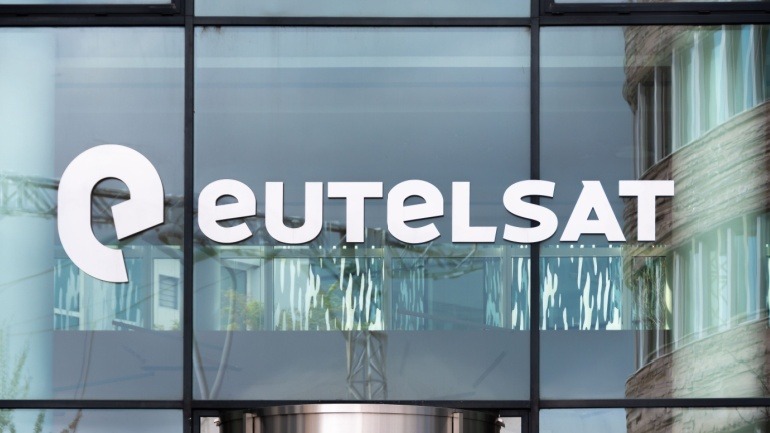The telecommunications giant Eutelsat has appointed Sébastien Rouge as its Chief Financial Officer, marking a strategic leadership reshuffle. Meanwhile, Vantage Towers named Martin Bouchard as CEO, their fourth head in just three years. This high CEO turnover at Vantage Towers raises questions about the management’s stability and strategic continuity.
In the UK, the alternative network sector is seeing its own changes. Guy Miller, MS3 Networks CEO, and Sean Royce from Quickline are stepping down, signaling a broader shift in leadership within the region’s altnet industry. These companies may face transitional challenges as they work to maintain momentum amidst changing executive teams.
These leadership changes are occurring against a backdrop of increased investment and transformation within the telecommunications industry. For instance, companies across Europe are continually evolving strategies to capitalize on emerging technologies. Although this proactive change helps adapt to new market conditions, frequent leadership changes can result in uncertainty and inconsistent strategic execution.
The unique asset mix and business models of companies like Eutelsat and Vantage Towers could further complicate transitions. Eutelsat, operating primarily in the space infrastructure sector, may experience benefits from Rouge’s financial expertise, potentially driving more robust strategic financial planning. Meanwhile, Vantage Towers’ involvement in tower assets means leadership stability is crucial for maintaining investor confidence and executing long-term infrastructure projects.
With these leadership transitions underway, these organizations must prioritize strong communication to reassure stakeholders and investors. Moreover, they must navigate these transitions while focusing on strategic goals such as network expansion, infrastructure innovation, and partnership engagement.
Overall, this period of change presents both opportunities and challenges. Companies need to leverage fresh leadership perspectives to stay agile in a rapidly evolving telecom landscape. Yet, they must guard against disruption to organizational coherence and strategic execution, which are critical to the success of expansive telecommunications businesses.







